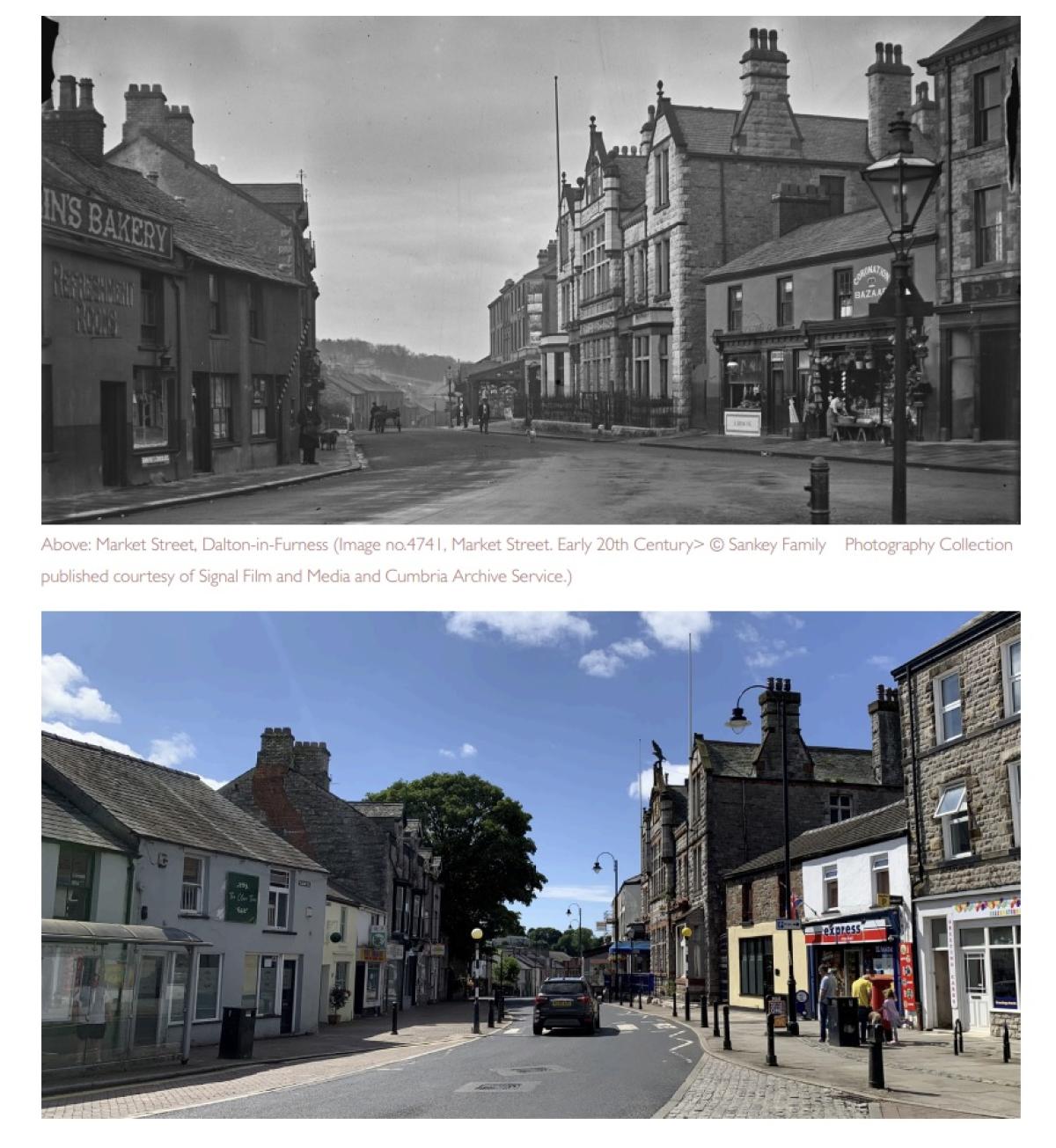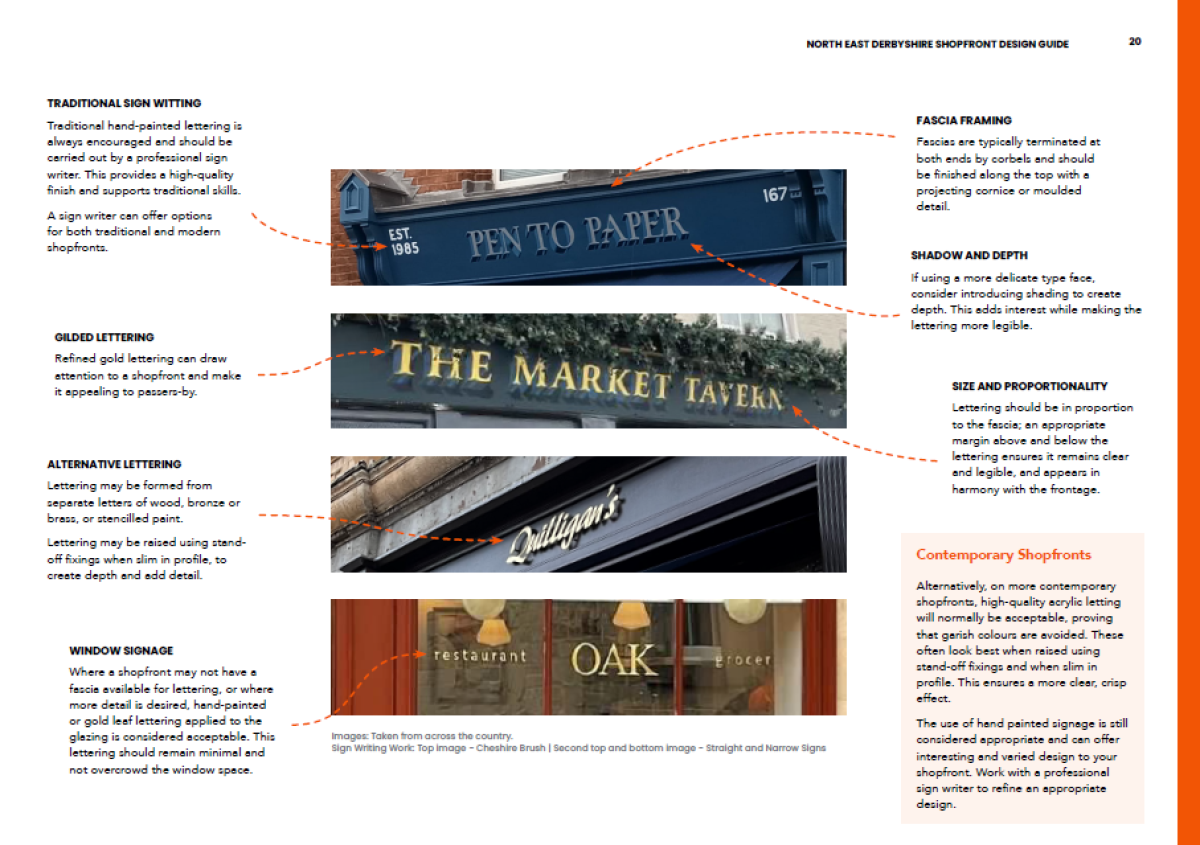Shops and the retail landscape are often seen as a barometer for the relative economic health of an area. As the high street is in a state of flux, it’s becoming increasingly important that a shop’s presence on the street is appealing, appropriate and inviting. This is more so in historic areas and traditional shopping streets where the opportunity to maintain and build upon a location’s character and culture needs to be considered and perhaps marketed to maximise and showpiece its unique appeal. Shopfronts form an integral part of a location’s environment, and to maintain an attractive setting, it is important that these should be well designed.

Buttress’ heritage consultancy team has been successful in publishing a number of Shopfront Design Guides for local authorities. Two examples are Morley in Leeds and North East Derbyshire, the latter being funded by the North East Derbyshire UK Shared Prosperity Fund. We’ve also been working on a scheme for Westmorland & Furness Council in Barrow which will shortly be out for public consultation adoption.

Shopfront Design Guides offer a considered approach to how a location presents itself to its residents and visitors. It allows for a town, village, city or region to positively contribute to its local character and townscape, showcasing important features and local distinctiveness, and giving guidance and advice to building owners, businesses, and designers wanting to present their offer in an attractive retail environment.
Importantly, Shopfront Design Guides provide shop occupiers advice on how to consider their shopfront, and its historical and townscape context, and help them make decisions on how to maintain them, improve them, adapt them and create a visually interesting and inviting design that is appropriate to the building and its context. A shopfront design guide does not restrict ideas and creativity but encourages innovative and sensitive solutions in providing a welcoming environment.
Front image credit - Image number 3368, Cooper's Tea Stores © Sankey Family Photography Collection published courtesy of Signal Film and Media and Cumbria Archive Service.
Jenna Johnston
Jenna leads Buttress’ heritage consultancy team, providing clients with the resources and knowledge they need to better understand their heritage assets.
Freya Needham
Freya works with a range of clients, helping them to make informed decisions that respond appropriately to their project.

